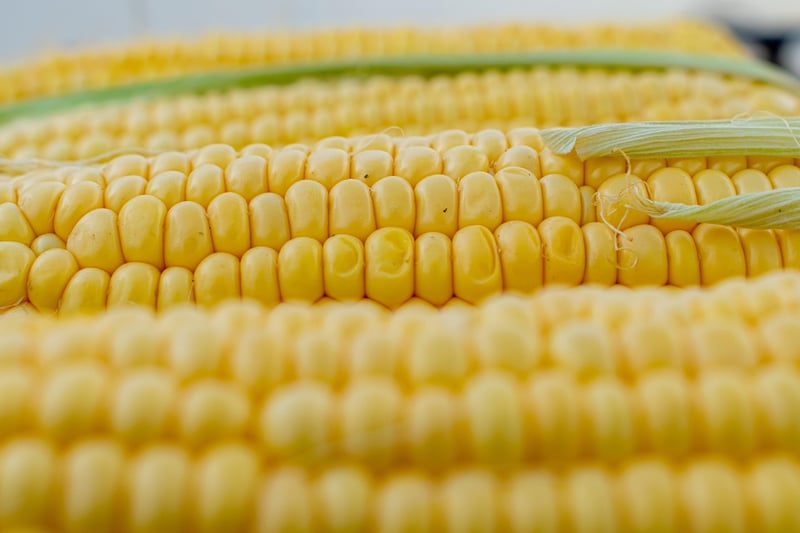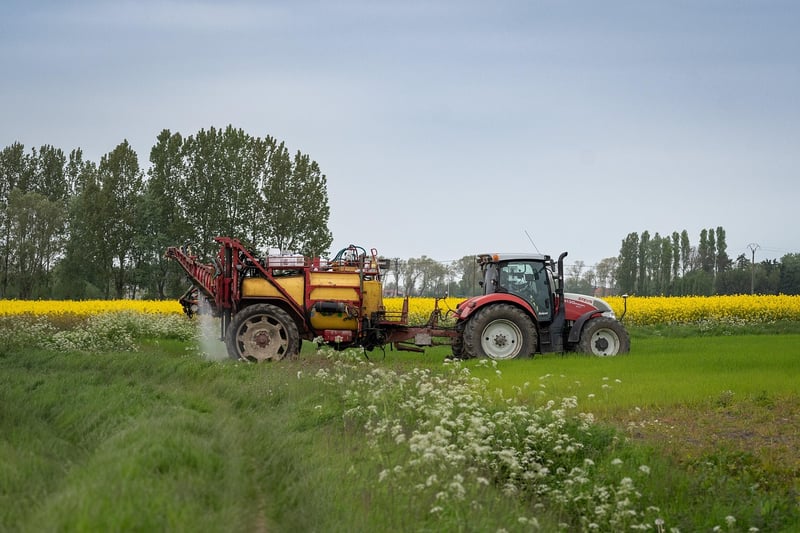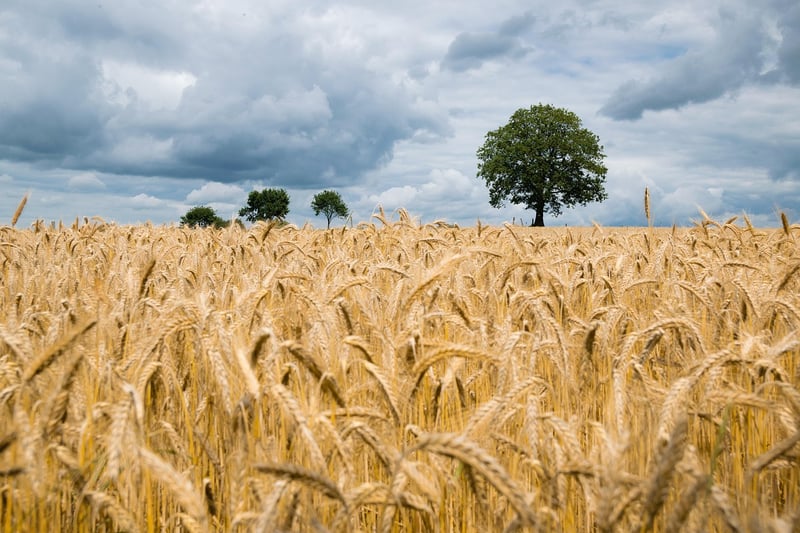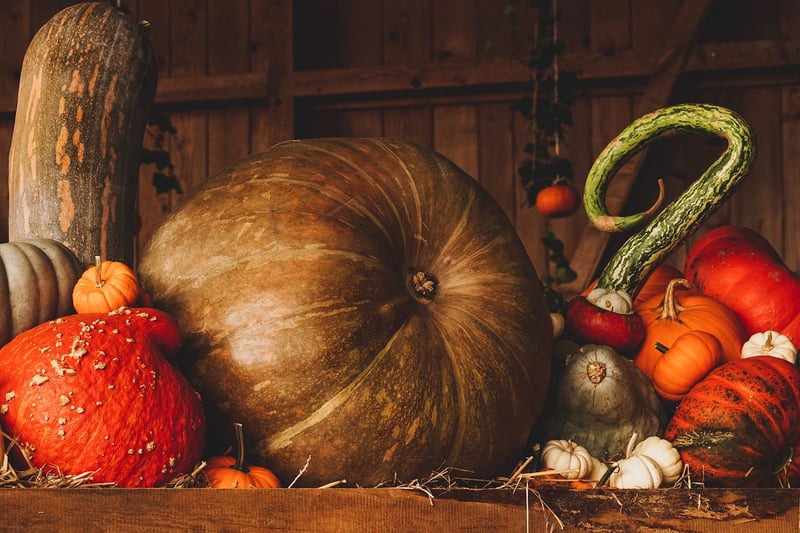Post-harvest Handling
Optimizing Crop Yield and Post-Harvest Handling
Introduction
Welcome to our guide on optimizing crop yield and post-harvest handling. In this article, we will explore various strategies and techniques that farmers can utilize to increase their crop yield and ensure proper post-harvest management.
Optimizing Crop Yield
Increasing crop yield is essential for meeting the growing food demands of the global population. Here are some tips to optimize crop yield:
1. Soil Health
Ensure that the soil is healthy and nutrient-rich by regularly testing and amending it with the necessary nutrients.
2. Water Management
Implement efficient irrigation systems to ensure that crops receive an adequate amount of water without wastage.
3. Pest and Disease Control
Monitor crops regularly for pests and diseases and take appropriate measures to control them to prevent yield loss.
4. Crop Rotation
Practice crop rotation to improve soil health, reduce pest pressure, and optimize nutrient utilization.
Post-Harvest Handling
Proper post-harvest handling is crucial to maintain the quality and shelf life of crops. Here are some post-harvest handling practices:
1. Harvesting
Harvest crops at the right maturity stage to ensure maximum quality and yield.
2. Cleaning and Sorting
Thoroughly clean and sort harvested crops to remove debris and damaged produce.
3. Storage
Store crops in suitable conditions with proper ventilation, temperature, and humidity levels to prevent spoilage.
4. Packaging
Use appropriate packaging materials to protect crops during transportation and storage.
Conclusion
By implementing these strategies for optimizing crop yield and post-harvest handling, farmers can improve productivity, reduce losses, and ensure the availability of high-quality produce for consumers.



